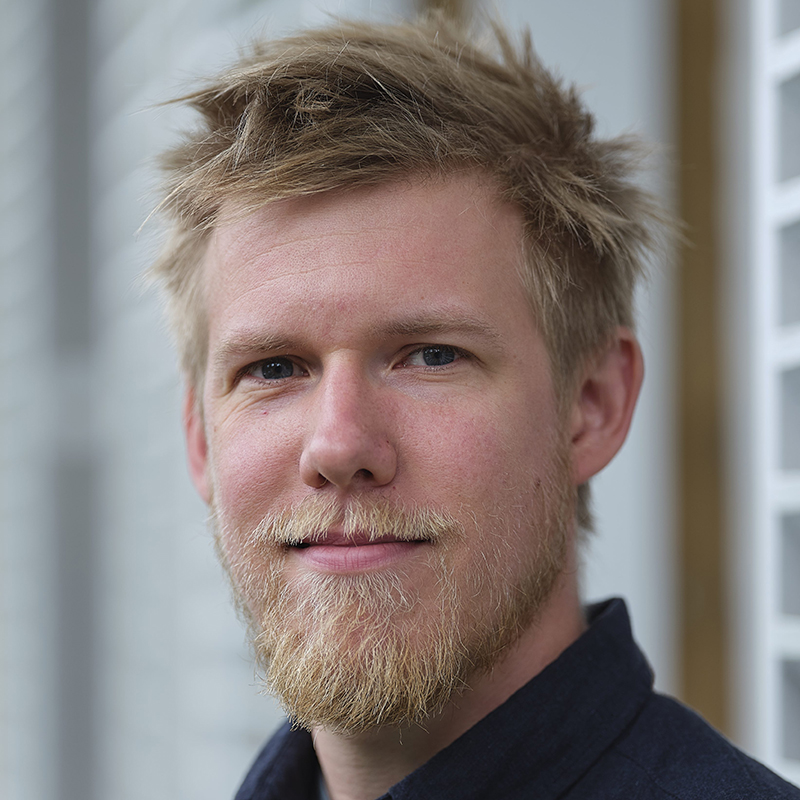Around400 years ago, in the spring of 1610, Galileo was staring up at the heavens through his latest apparatus. Telescopes of 2x magnification had been in existence for only a couple of years and the polymath from Pisa had now built himself one 10 times as powerful.
Galileo was the first to observe the craters of the Moon and four of Jupiter’s moons - now known as the Galilean moons - which he detailed in his book Sidereus Nuncius (‘The Starry Messenger’).
Though he refrained from claiming so in the publication, he took the findings to support Copernicus’s heliocentric model of the Solar System by bringing the perfection of celestial bodies into question and suggesting that at least some things other than Earth were orbited (in this case, Jupiter). This got him into trouble with the Catholic Church.
Read more about the history of astronomy
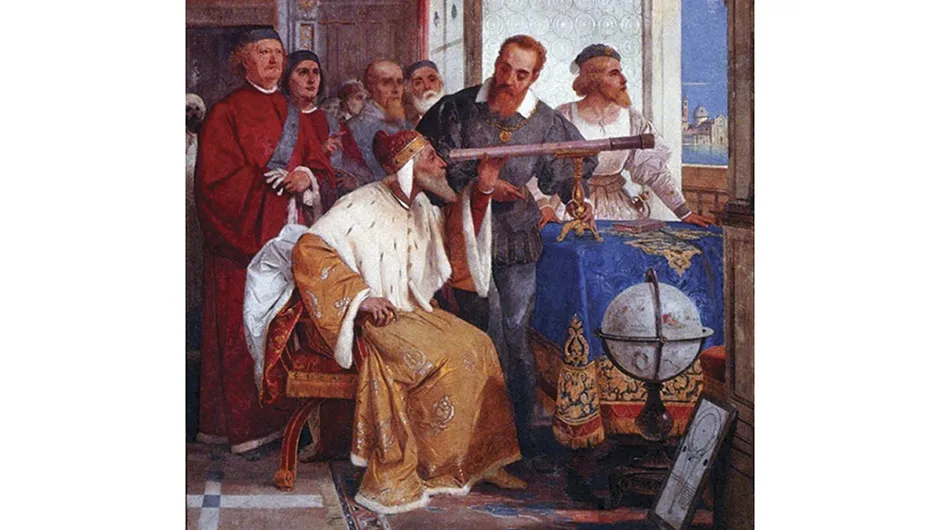
What is so fascinating about the Church’s ‘Galileo affair’ is not so much the evidence for heliocentrism, but what the Church’s complaint was really about.
In 1616 Galileo was instructed by Cardinal Bellarmine “…to abandon completely… the opinion that the Sun stands still at the centre of the world and the Earth moves”.
The instruction was not, however, to abandon heliocentric models as a useful predictive tool.
The Cardinal had pointed out once before that it is one thing to show that by merely supposing Earth orbits the Sun one can calculate accurately where and when other heavenly bodies will be in the night sky, but it is another thing entirely to make the sacrilegious declaration that, "In truth, the Sun is at the centre and the Earth in heaven."
His concern was that Galileo was promoting the heliocentric model as something to be believed rather than, as he put it, a mere contrivance used to "save the appearances".
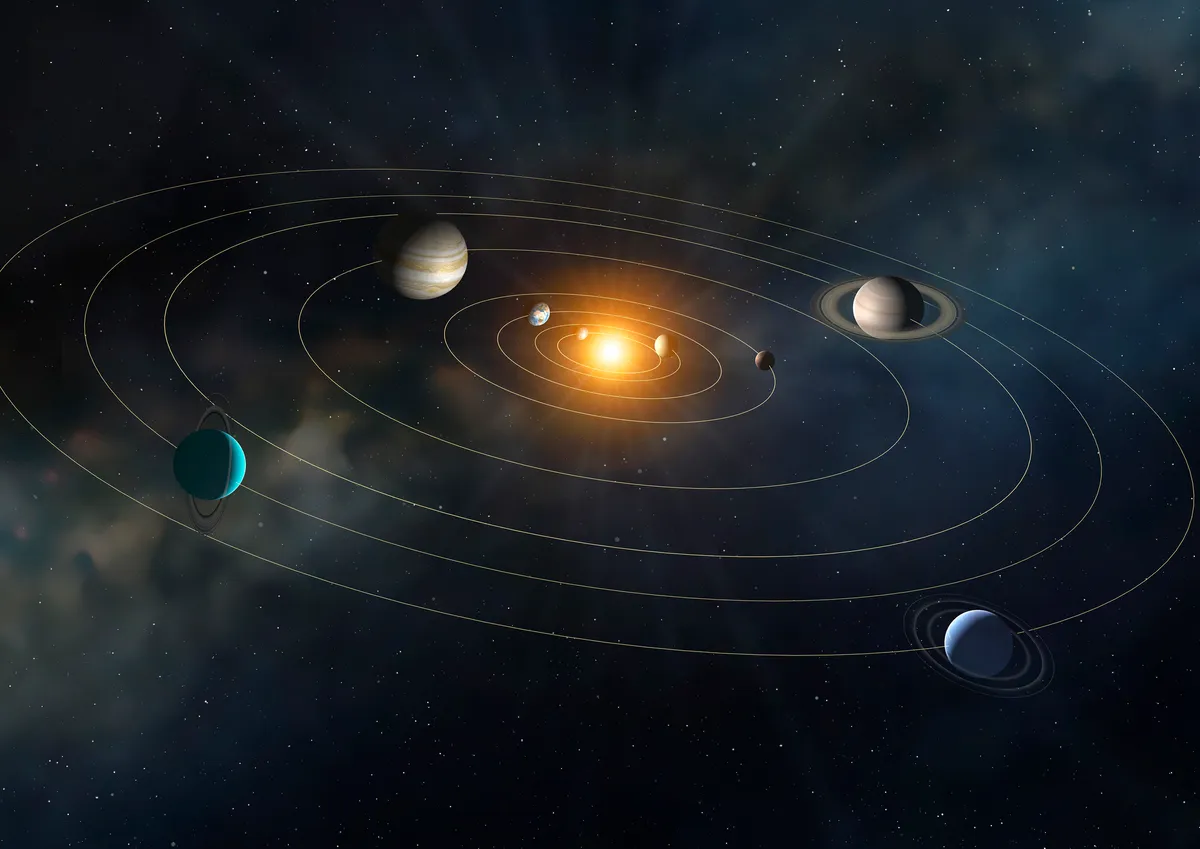
There is a venerable history to the idea that scientific enquiry should aim only to ‘save the appearances’.
The phrase has its roots in the musings of ancient Greek philosophers and stargazers, and has been a hot topic among scientifically-minded thinkers ever since.
In 1908, French physicist and philosopher Pierre Duhem suggested that logic was on the side of Bellarmine rather than Galileo.
His thinking was that Bellarmine understood that science is all about developing theories that help us to make and accurate prediction and not one that's to be evaluated for its plausibility.
The so-called ‘logical positivists’ of the early to mid-20th century took a similar view, arguing that claims about the world that extend beyond what is directly observable are unjustifiable.
Contemporary philosopher Bas van Fraassen argues that “Science aims to give us theories that are empirically adequate”. In other words, science aims only to predict what’s perceptible, nothing more.
Nevertheless, surely we want to say that Galileo was justified in believing that heliocentrism was true.
When we look up at the sky through a telescope it’s easy to suppose that we can learn how the Universe appears to us untainted by theoretical and philosophical assumptions.
Philosophical astronomy
After all, it’s not like we need to know any specific theory of cosmology to operate a telescope or to record what we see.
And what could philosophy possibly have to do with it? But in fact, things are not so straightforward.
The relationship between what appears to us in the night sky and what our theories say about those appearances is riddled with questions that continue to puzzle philosophers and thinkers.
It may turn out that what we can learn about the Universe depends on all sorts of factors we are not typically aware of.
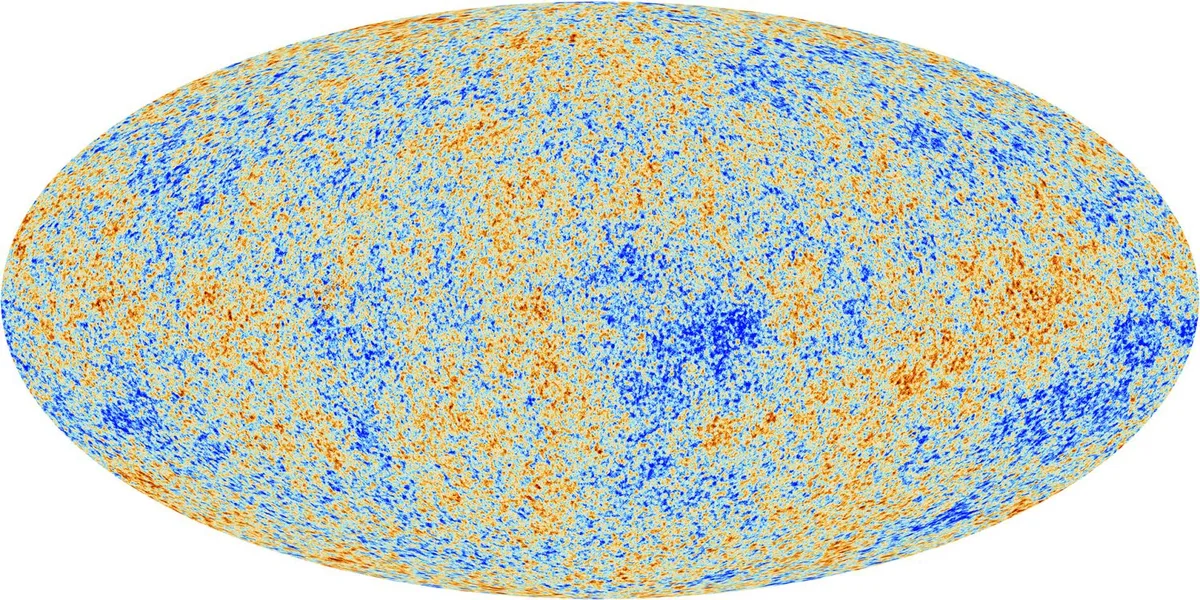
Today we’re constantly claiming to learn facts about the world on the basis of telescopic observation.
Where stars appear near the Sun during eclipses confirms that space is curved. The detection of the Cosmic Microwave Background confirms that the Universe has expanded.
The observation of galaxies’ rotation confirms the existence of dark matter, and so on.
If Bellarmine, Duhem and the logical positivists had their way, we would have had to wait until 1990, when Voyager 1 sent us its ‘Family Portrait’ of the Solar System, before we were permitted to claim that heliocentrism was believable.
That was our first photographic image of the Sun’s position in relation to the planets. By contrast, most modern scientists tend to be ‘realists’.

They take observations, images, computer read-outs and data to confirm our belief in the truth of theories that go beyond how things look.
So what you think you can learn by looking through a telescope depends, for one thing, on whether you are a scientific realist or not.
Settling the matter is not easy. On the one hand, the success of scientific theories through the ages can seem to suggest that they must be more than mere inventions for the sake of predicting how things will look.
As philosopher Hilary Putnam remarked in 1975, realism "...is the only philosophy that doesn’t make the success of science a miracle."
On the other hand, it can hardly be denied that even our most successful scientific theories seem destined to be falsified in the end.
We knew by Newton’s time, for example, that heliocentrism as it was conceived by Galileo wasn’t quite right.
The Sun isn’t exactly at the gravitational centre of the Solar System. And Galileo refused to believe the planets orbit in ellipses.
More recently, we’ve learned that the Solar System isn’t even at our Galaxy’s centre.
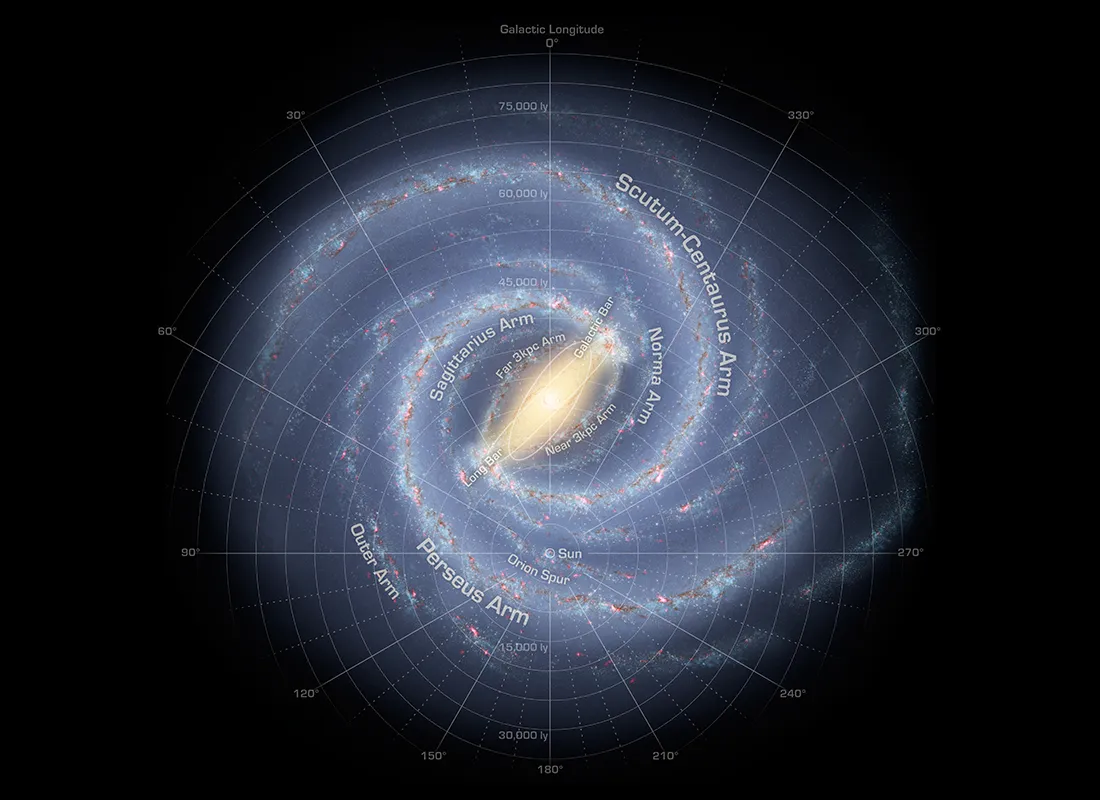
These developments should cast into doubt the idea that even today’s physical theories are perfectly true.
But they also bring into question the realists’ view that truth is what astronomers should be searching for in the first place. If all theories are destined to be superseded, why ever believe them?
But perhaps we needn’t settle the matter either way. Both realists, like Galileo, and ‘anti-realists’, like Bellarmine, rely on the idea that there are at least ‘appearances’, which can be either saved or gone beyond. That’s questionable in itself.
It’s now suspected that Galileo’s guesses about the size of stars was confounded by the Airy discs (diffraction patterns) produced in his telescope around star images.
If that’s right, the stars weren’t appearing directly to Galileo at all. And nowadays, hardly any astronomy is conducted via direct observation.
How astronomers observe through telescopes
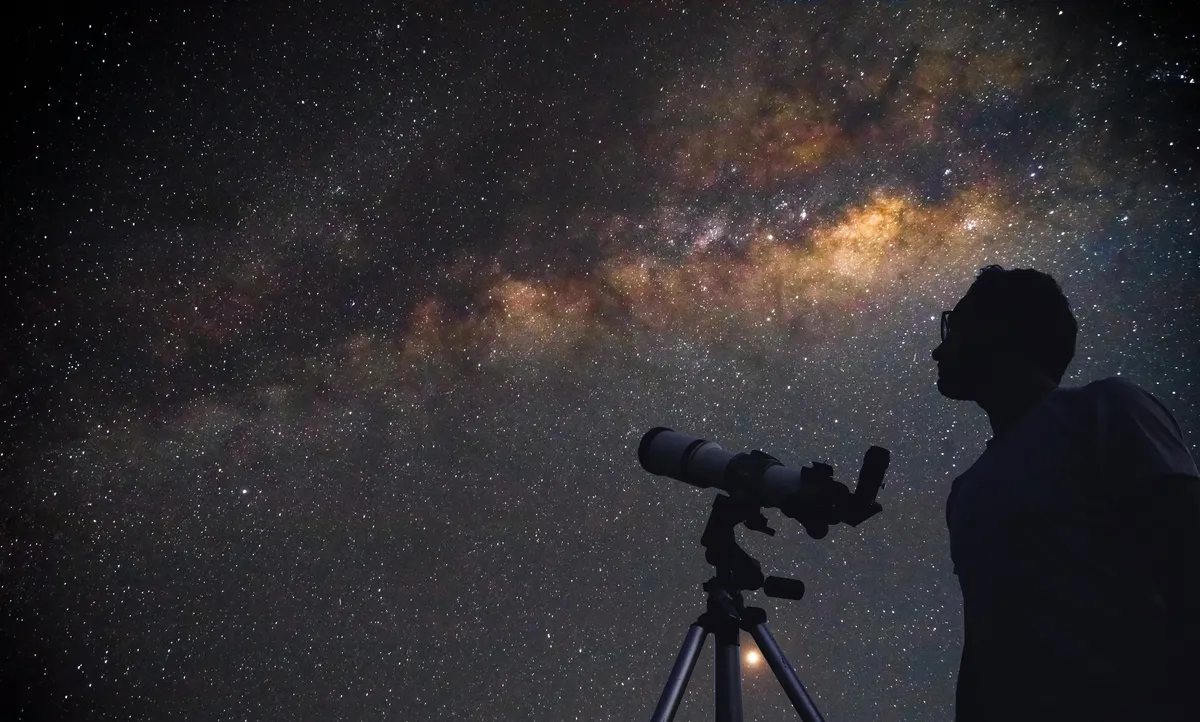
At a minimum, telescopes bring the light from the stars onto our eyes via a series of mirrors and lenses. Large telescopes, such as the Hubble Space Telescope, record data on a computer from much more of the electromagnetic spectrum than we can perceive.
Astronomers must manipulate that data in order to get an idea of what Hubble is pointing at. Given the indirectness of our astronomical observations, where should we say the appearances lie?
Is it on the outer lens of our scopes or on some internal mirror? In the telescope eyepiece or on the lens of our eyes? Any choice seems arbitrary.
But if we can’t say where the appearances are, then it makes little sense to claim that the aim of scientific theories is either to save them or go beyond them.
An alternative both to realism and anti-realism is to admit that theory and appearances are inextricably tied together.
By the 1960s, historians and philosophers like Norwood Russell Hanson, Paul Feyerabend and Thomas Kuhn had started to notice that scientific observation is ‘theory-laden’ – bound up with theoretical knowledge which must be understood in order to make any sense of the way things look.
This explains how NASA knew from the first blurry images what was wrong with Hubble's mirror. Given what we already knew, the Universe shouldn’t have looked like that. And even our use of domestic scopes is theory-laden.
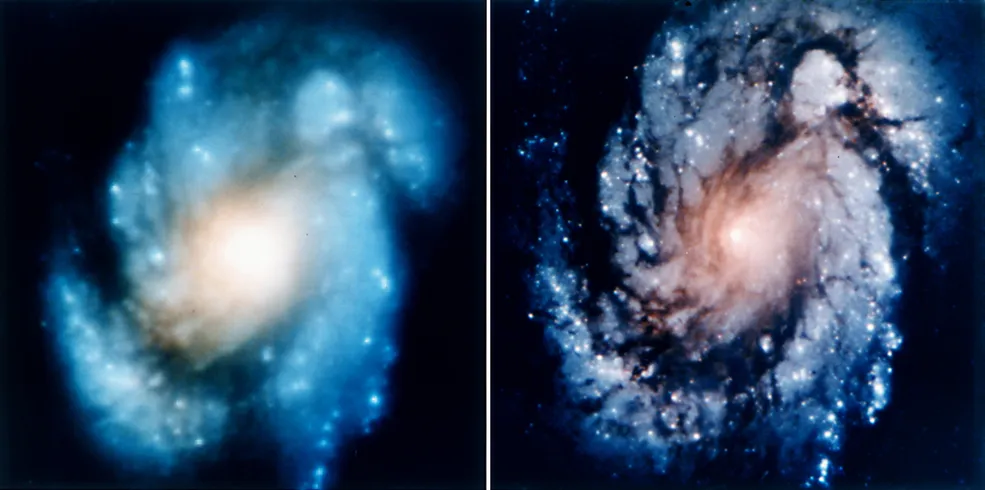
For example, we know to wait for cloudless evenings, to adjust the focus or to collimate a telescopeto compensate if the image we’re seeing isn’t sharp.
Crucially, Galileo understood many of these things, but not all. Part of his trouble was persuading others to trust in an instrument whose operation no optical theory at the time could fully explain.
So, what can you learn when looking up at the sky through a telescope? Clearly, it depends on how much theoretical knowledge you’re lucky to be laden with: about the night sky and how far away the objects you want to look at are, about optics, about the construction of the scope and about your own perceptual abilities.
Imagine how hard it would be to use one if you didn’t know these things!
But what you can learn also depends on whether it’s possible, as realists believe, to know anything beyond how things appear to you.
Anti-realists think it’s not possible because that’s not science’s job. Others think it’s not possible because there isn’t anything precise to the notion of ‘how things appear to you’ independent from what you already believe.
Philosophers, astronomers and science historians will continue to debate these issues for a long time; but they are things for us all to ponder as we gaze up on the next clear night.
Galileo's contributions to science
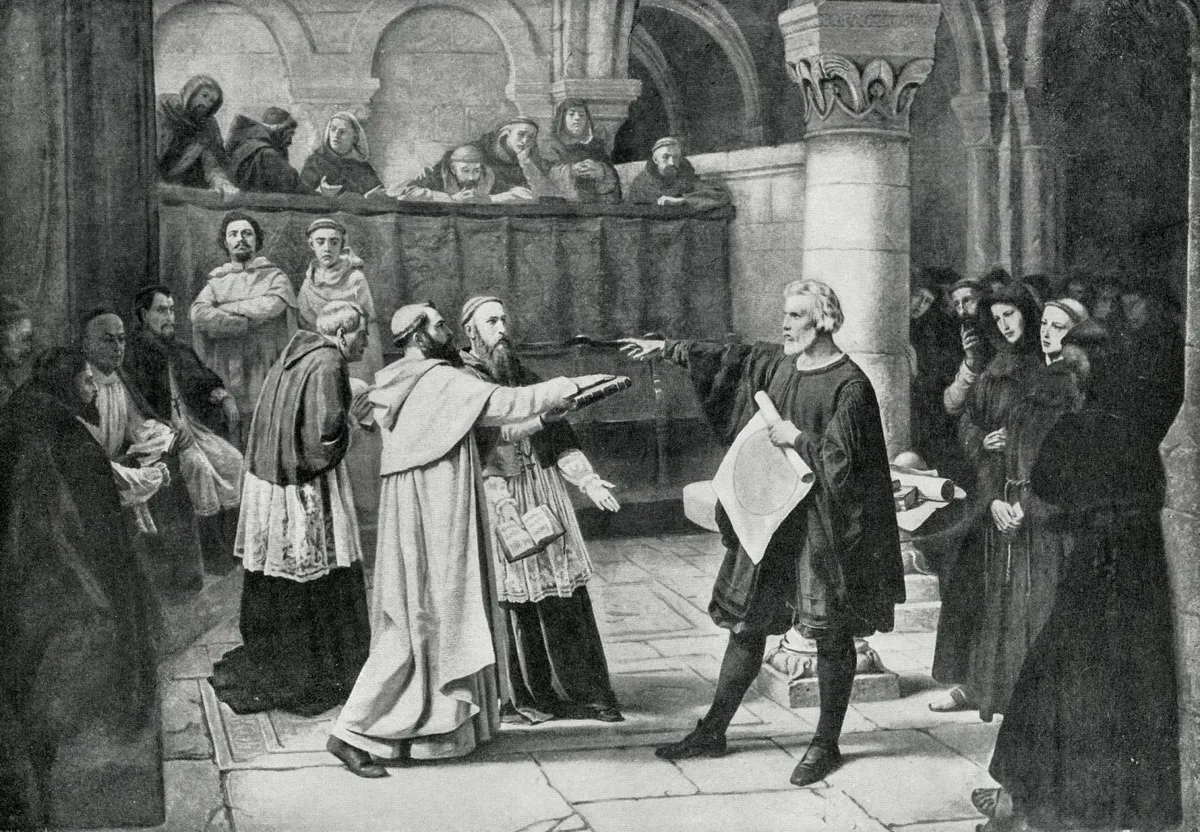
Galileo may be most famous for the astronomical observations which led to his outspoken views in defence of heliocentricism. But this was not his only contribution to science, nor even the most important.
In fact, Galileo was the first to theorise about many physical phenomena that form the basis of contemporary physics.
These included the constant period of a pendulum, the relationship between the pitch of soundwaves and their frequency, and the independence of nature’s laws from the observer’s own frame of reference (a form of relativity).
Galileo was also an impressive inventor, making significant contributions to the development of the navigational compass, the thermometer and, of course, the telescope, whose name was coined to refer to Galileo’s own instruments (follow our DIY guide to build a Galilean telescope).
And that’s not all. Galileo wrote a highly influential treatise on the method of scientific investigation, arguing that the laws of nature are ‘written in the language of mathematics’ and that claims should be based on experiment rather than religious dogma.
Despite this, one of his most famous defences for his claim that all bodies fall at the same rate (regardless of their weight) was purely logical.
He reasoned that if two different weights were connected they could neither sensibly be understood to fall faster nor slower on average than when unconnected. He deduced, therefore, that they must fall at the same rate.
Philosophers still debate whether this argument actually justifies the conclusion.
Galileo's Sidereus Nuncius
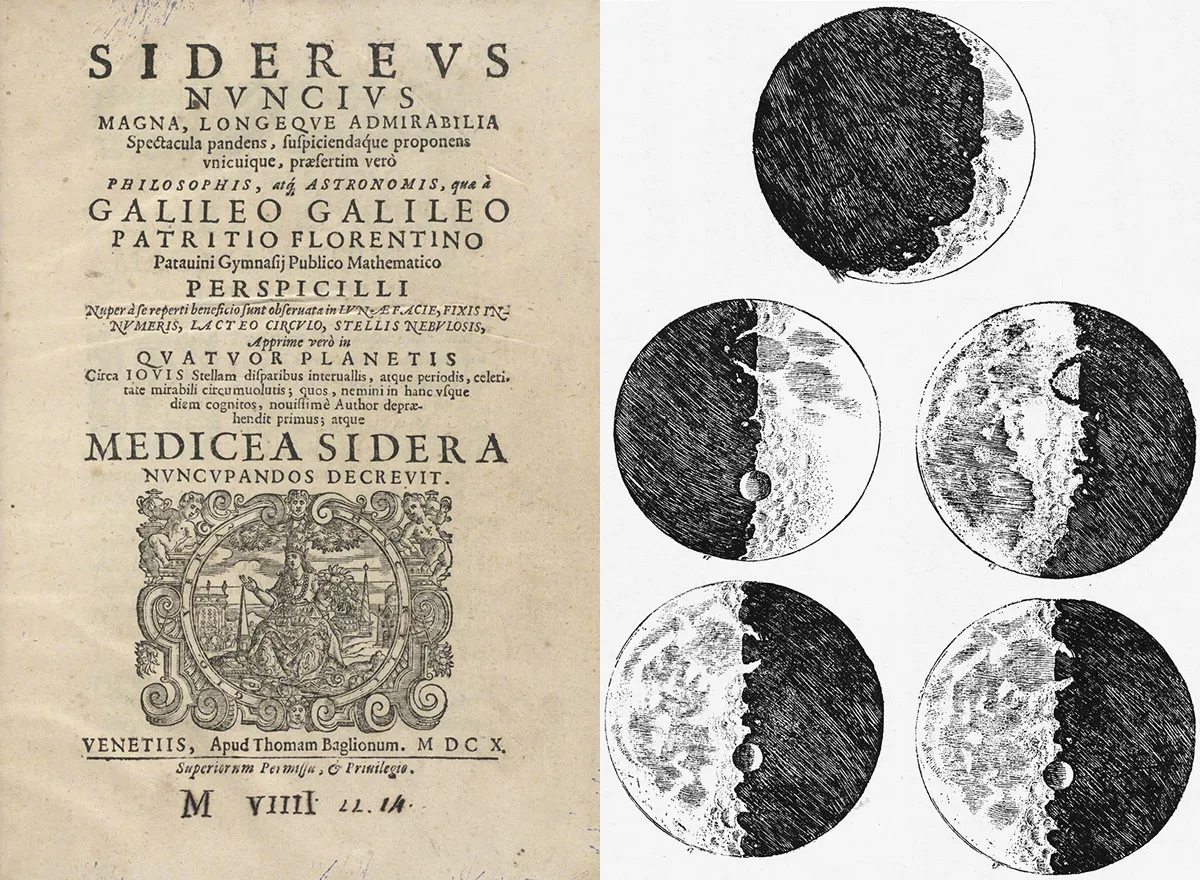
Sidereus Nuncius, usually translated as ‘The Starry Messenger’, went on sale to the public on 13 March 1610 and news of its contents spread fast.
Although it presented no revolutionary scientific theory (when compared with Galileo’s other great scientific contributions) it had expressed within it significant observations of astronomical phenomena that clashed with the orthodoxy.
Of particular note were Galileo’s claim to have seen craters on the Moon and four moons orbiting Jupiter.
The initial reception of the book divided opinion. In one famous case a critic suggested that Galileo was no more believable than someone claiming to have squared the circle (a literally impossible geometric task) or to have manufactured a philosopher’s stone (which turns any metal into gold).
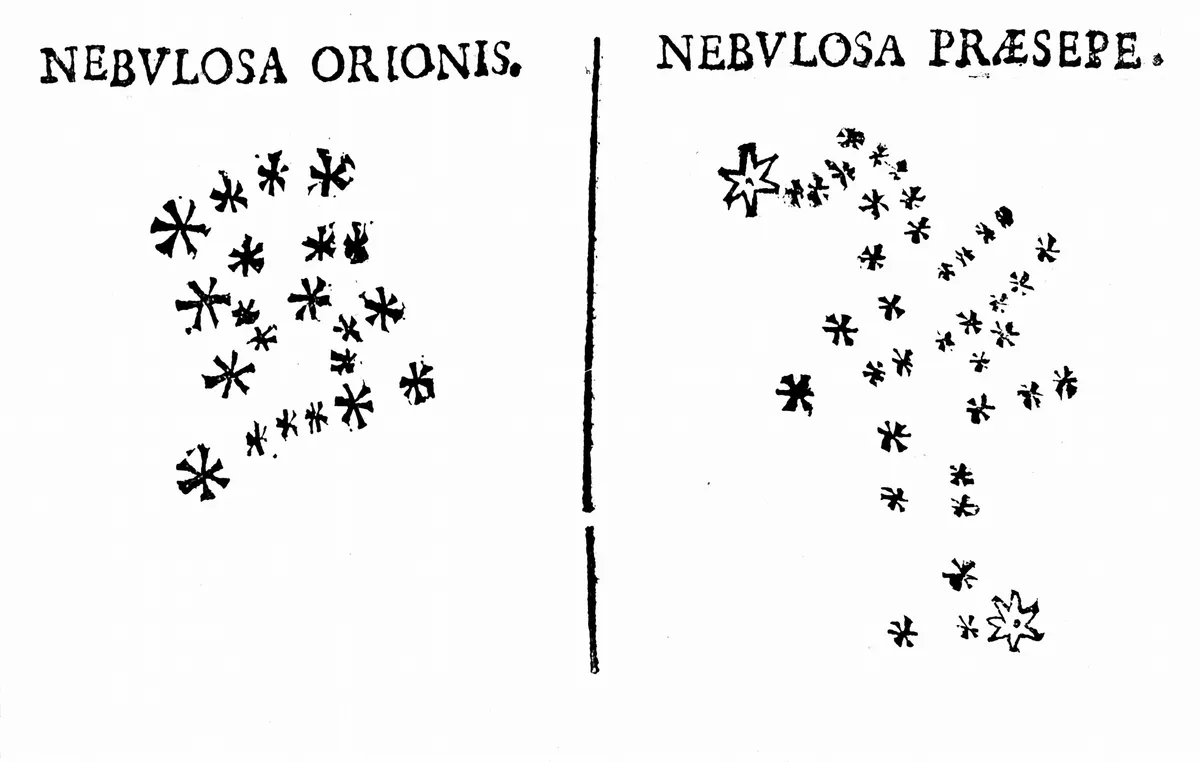
Others gave Galileo the benefit of the doubt. For instance, the astronomer Johannes Kepler professed that he could see no reason why he should "not believe a most learned mathematician, whose very style attests the soundness of his judgement."
However, Kepler did have a vested interest since Galileo’s claims indirectly supported Kepler’s favoured heliocentric model of the Solar System.
Two reasons preventing the book’s unanimous endorsement were that no one at that time had a telescope as powerful as Galileo’s, and the fact that Jupiter went out of sight for the late spring months.
Nevertheless, by the end of the year, Galileo’s ‘starry message’ had been widely verified, making Galileo a celebrity and telescopes a desirable item from then on.
Toby Friend is a philosopher working at the University of Bristol on the Metaphysical Unity of Science Project, funded by the ERC (grant 771509).
This article originally appeared in the March 2021 issue of BBC Sky at Night Magazine.
